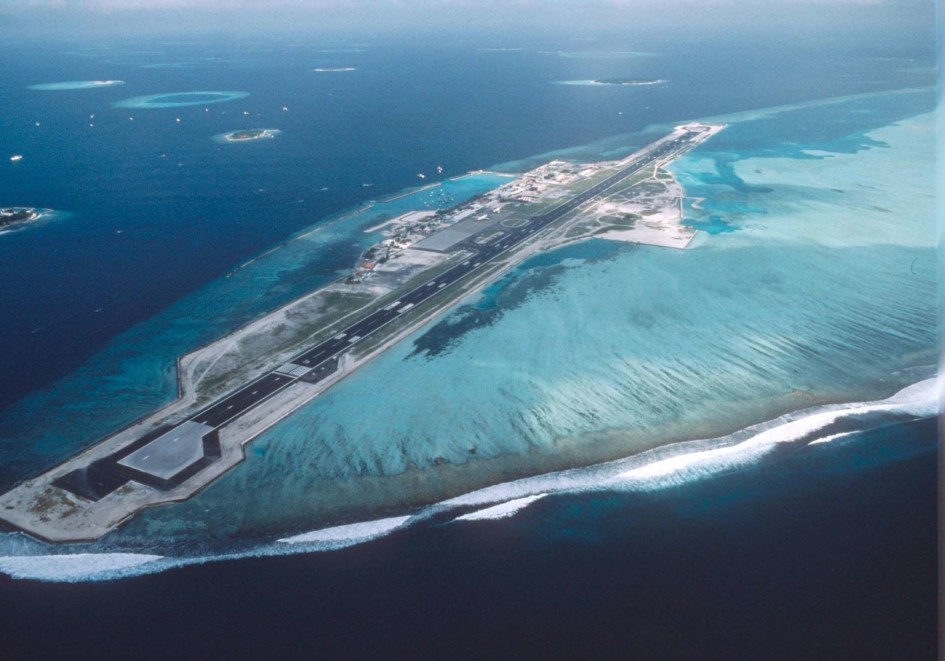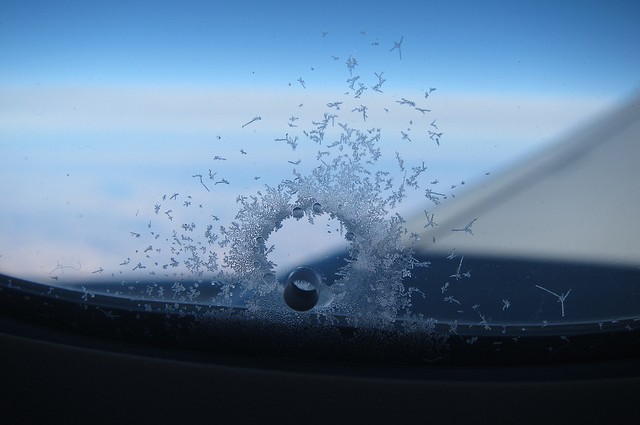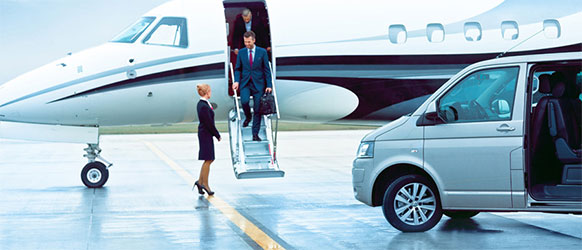Why Do All Airplane Windows Have A Tiny Hole In Them?
Flight Attendants Reveal The Weirdest Things They’ve Seen On Planes
22/02/2016
world’s 15 most scenic airport runways..!
28/02/2016Looking out the window of a plane – with many hours to burn and a god-like perspective of the world – can get you pondering some of life’s big questions: Are we alone in the universe? How did it all begin? Is there purpose to our existence? Wait, what are those little holes in airplane windows?
Thanks to the curious mind of Robbie Gonzalez from io9, the latter of those questions might be answered. After finding no sturdy answer on internet forums, he decided to track down a copy of a maintenance manual for the Boeing 737 on Wikileaks and contact Marlowe Moncur, Director of Technology for GKN Aerospace, the world leader in passenger cabin window design development.
As you might have already guessed, it’s to do with regulating pressure.
He found that most cabin windows consist of outer, middle and inner panes – all of which are made of a superstrong synthetic resin. Typically, it’s the middle pane that has the mysterious little hole.
Only the outer and middle panes are actually structural, while the inner is pretty much there as failsafe and to protect the other layers. Moncur said it’s only there to maintain cabin pressure in the extremely rare event that the outer pane becomes fractured.
Cruising at 10,600 meters (35,000 feet), the pressure is around 1.5 kilograms (3.3 pounds) per square inch. This is too low for the human body to stay conscious, so the pressure isartificially maintained at around 3.5 kilograms (8 pounds) per square inch. But of course, if you increase pressure inside, the structure has to be strong to hold the difference between the external pressure and internal pressure.
The outer pane is the thickest of these and is the primary layer that bears the pressure of the cabin. According to Gonzalez, the little hole is there to act as “as a bleed valve, allowing pressure between the air in the passenger cabin and the air between the outer and middle panes to equilibrate.” Simply put, it ensures that only the strongest outer pane is bearing the pressure, leaving the middle pane available in case of an emergency.





